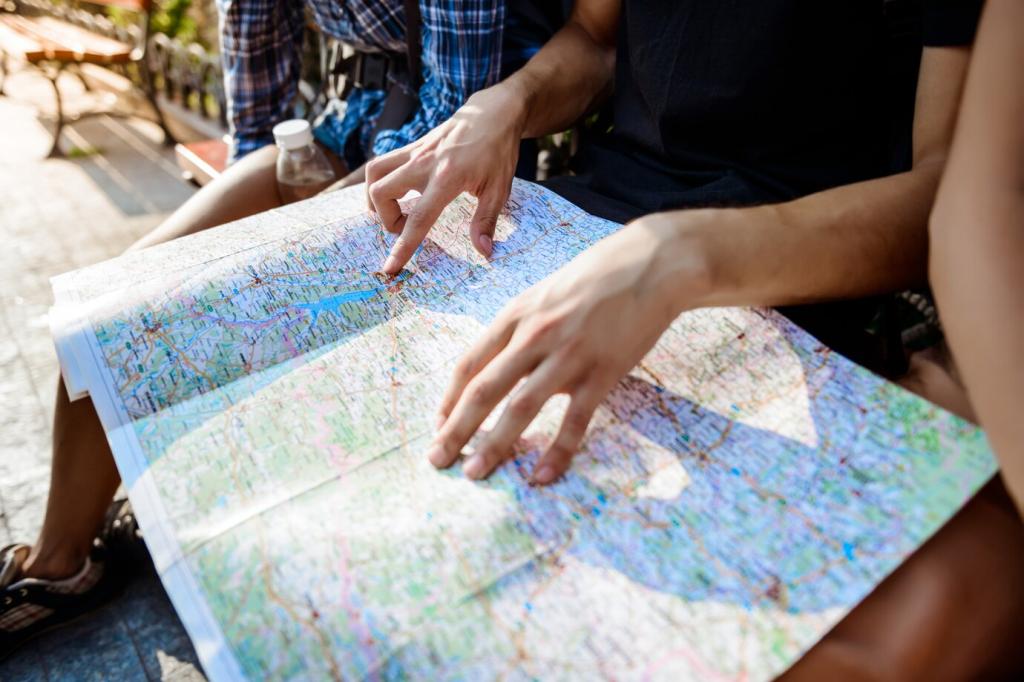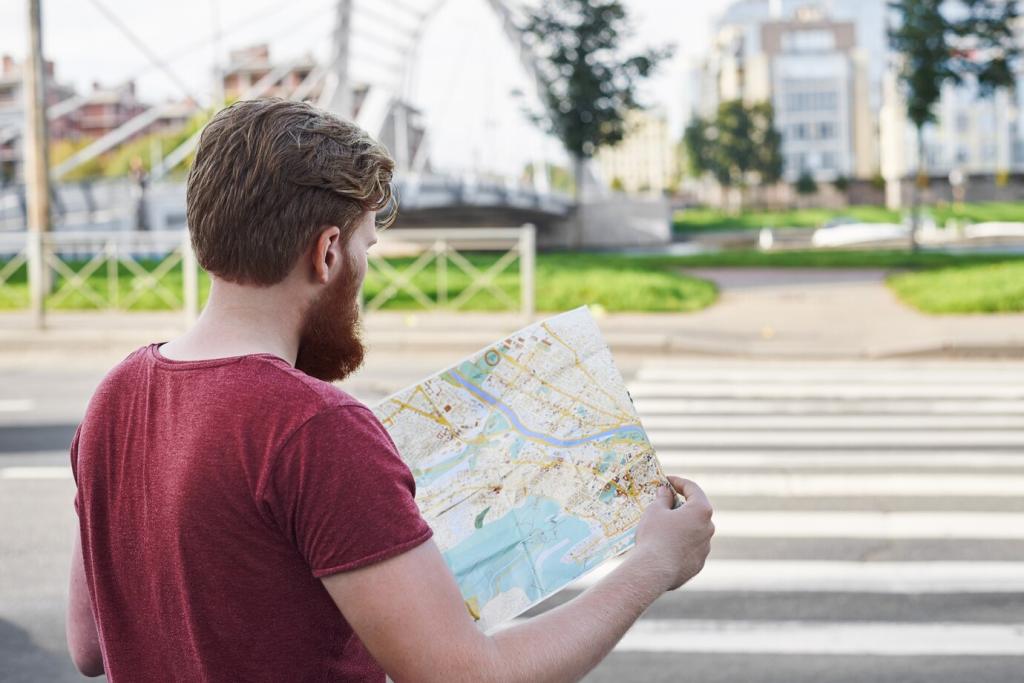Overpacking the Itinerary
Most travelers hit an energy dip after two intense sightseeing days. Schedule a lighter third day with parks, cafés, or slow neighborhood strolls to reset energy and protect enthusiasm for the days ahead.
Overpacking the Itinerary
Pick one must-do per day—like a cooking class, a hike, or a museum—and orbit smaller, flexible activities around it. Protect the anchor by avoiding back-to-back mandatory time slots that strain enjoyment.



